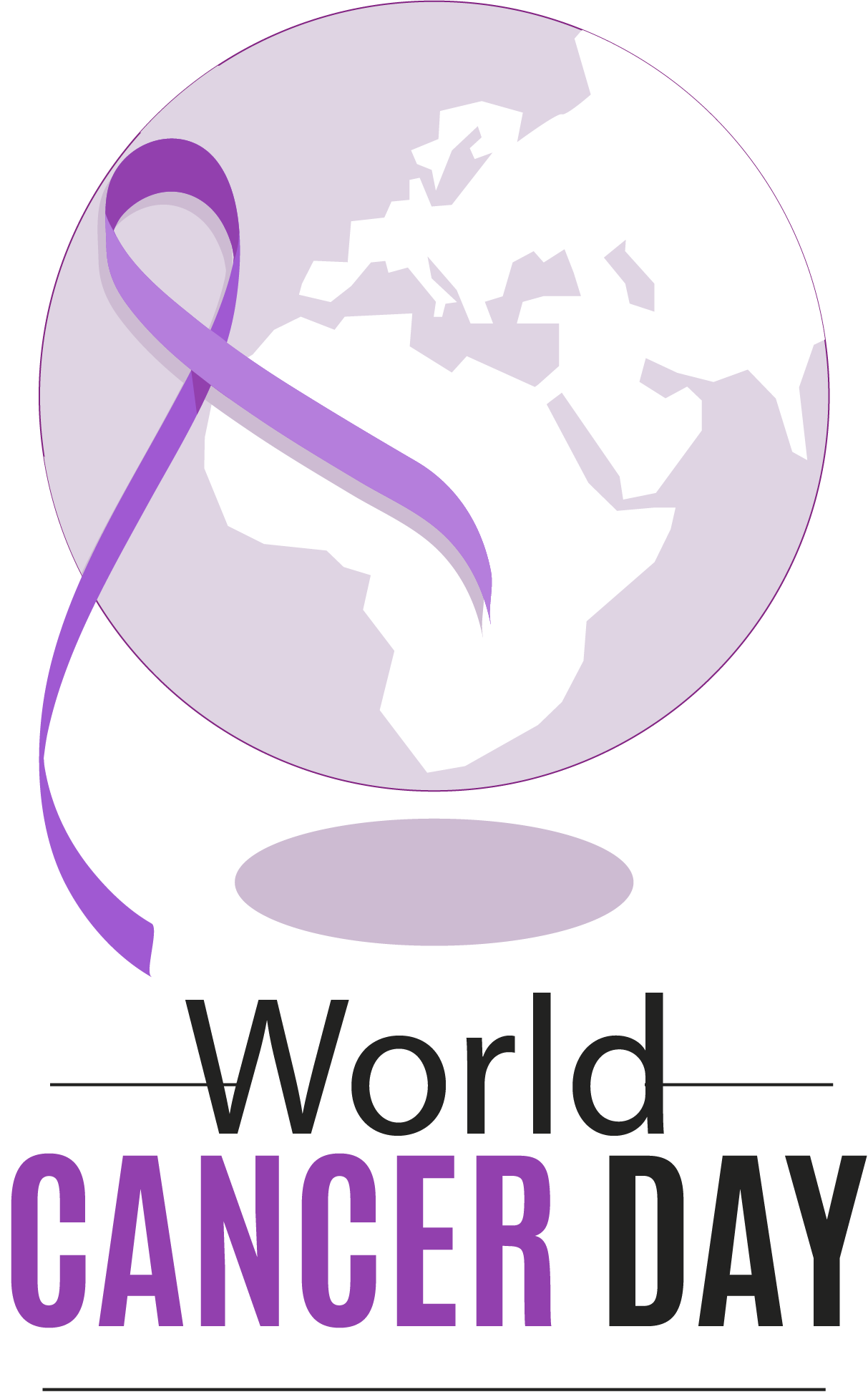“Neoplastic pathology will be the next pandemic”.
Professor Piero Luigi Alò, expert in neoplastic pathology and lecturer in Pathological Anatomy in the Degree Course in Medicine and Surgery of UniCamillus, is clear in this regard: “cancer does not slow down, and remains a priority even if now everyone’s attention is on the global spread of the Coronavirus”.
Has Covid affected cancer diseases?
“Coronavirus has caused a slowdown in screening programs in bith the healthy and at-risk population, or in follow-ups in cancer patients already under treatment. And it also has slowed down the research: the available funds have inevitably contracted to be drained towards the formulation of vaccines or anti-viral therapies necessary to counter the spread of infections”.
The images of recent months have unfortunately accustomed the population to the drama of death. Cancer is scary because it continues to be associated with a bad outcome.
“Today, however, we survive the neoplastic pathologies. Or rather, we survive neoplastic pathologies through an early detection of the lesion and the progressive use of tailored therapy. On the other hand, for some neoplasms, I am thinking for example of brain neoplasms, the benefits have been small, if not imperceptible, given the impossibility of an early diagnosis on the population”.
You mentioned tailored therapy, how has the approach to disease management changed?
“Tailored therapy is able to arrest the progression of many neoplasms, especially those at low stage (ie localized) or early intercepted (for example breast, colorectal, cervix-uterine)”.
Checks, early diagnosis, targeted therapies. What other weapons do doctors have to fight cancer?
“Pathological anatomy plays a fundamental role in prognosis and therapy both from a morphological and molecular point of view. Due to Covid-19, we are increasingly confronted with advanced-stage neoplasms, unfortunately not always with a known primitiveness”.
And how does pathological anatomy fit into this picture?
“Among many cases to my observation I report an enlarged latero-cervical lymph node without any clinical suspicion of neoplastic lesion. The morphological and immunohistochemical examination allowed me to formulate a diagnosis of papillary thyroid carcinoma metastasis, surgically confirmed after the organ was removed. To date, the patient subjected to periodic follow-up and therapeutic regimen does not show recurrence of the disease”.
Are there any countries where the incidence of cancer is more evident?
“It depends on the type of neoplasm. Generally in the most industrialized countries there are tumors where the environment is a fundamental co-factor; in others where the diet or the incorrect alcoholic level favor the onset of other types of neoplasms. Personal habits are another risk factor for still other types of cancer ”.
Is the incidence of these diseases directly related to awareness and prevention?
“Of course, the absence of adequate prevention programs, whether environmental, food or personal education are the basis of the greater or lesser incidence of a specific neoplasm in a given geographical location “
So how important is a cancer awareness day?
“Basic. Educating the population to control themselves from school age (for example the skin to intercept the chromatic or dimensional modification of the nevi, or breast self-examination for the presence of any nodules) can make the difference”.
Don’t hide your head in the sand.
“Exact. It is crucial to inform, constantly. Inform patients about the benefits of prevention and induce them to go to centers of excellence, teach them to distrust charlatans, share the research effort, reassure and help the neoplastic patient fighting the neoplasm through disclosure and dialogue”.

